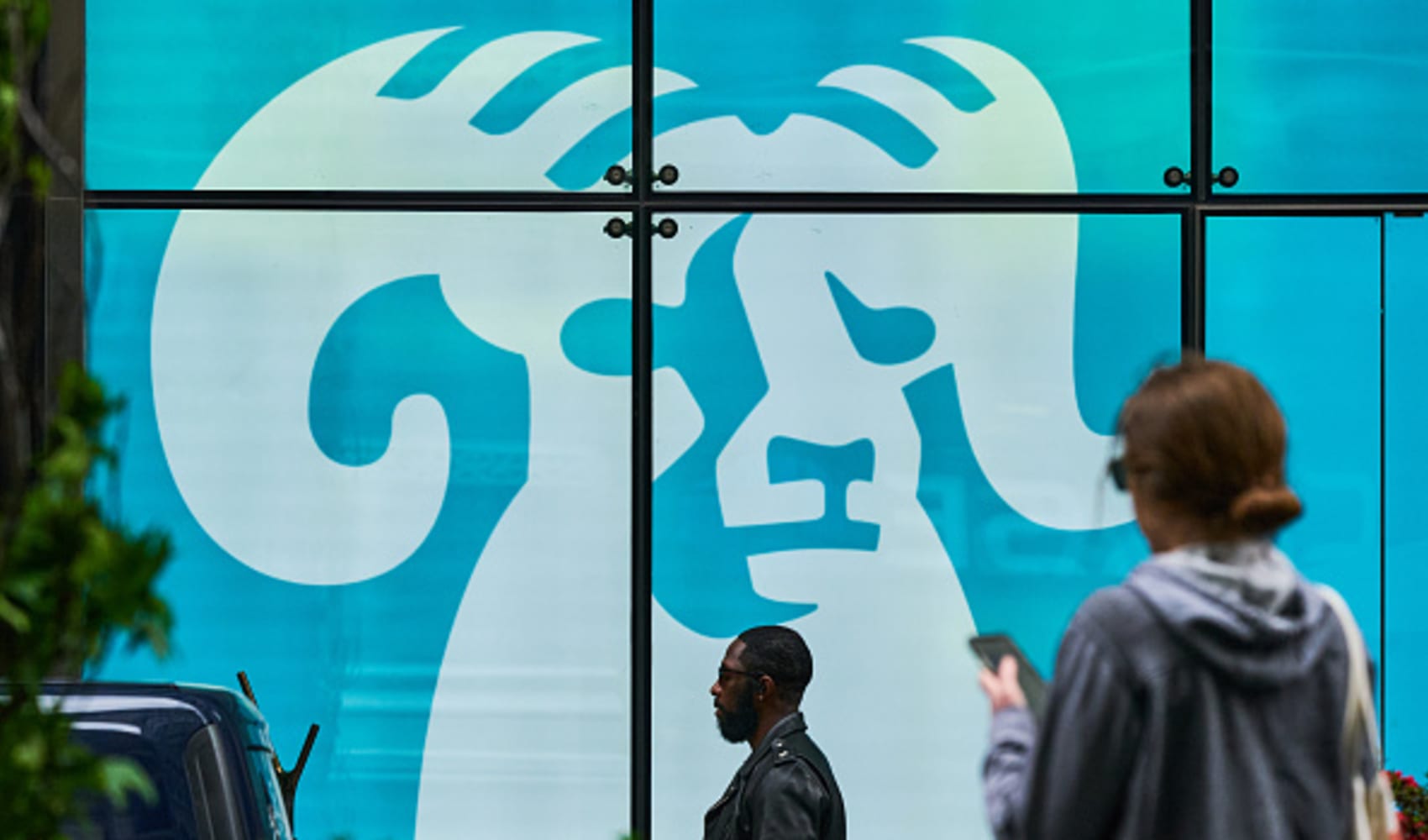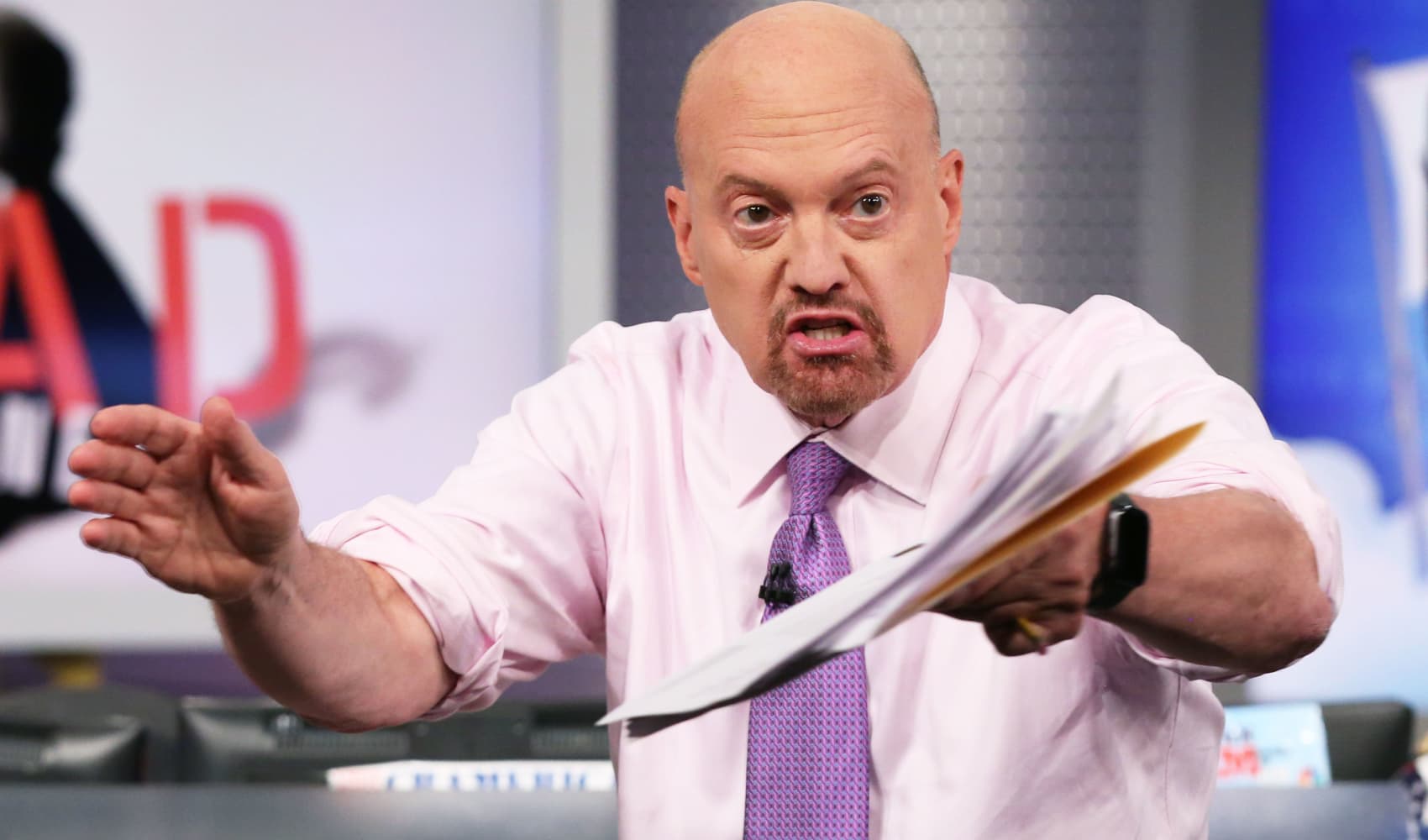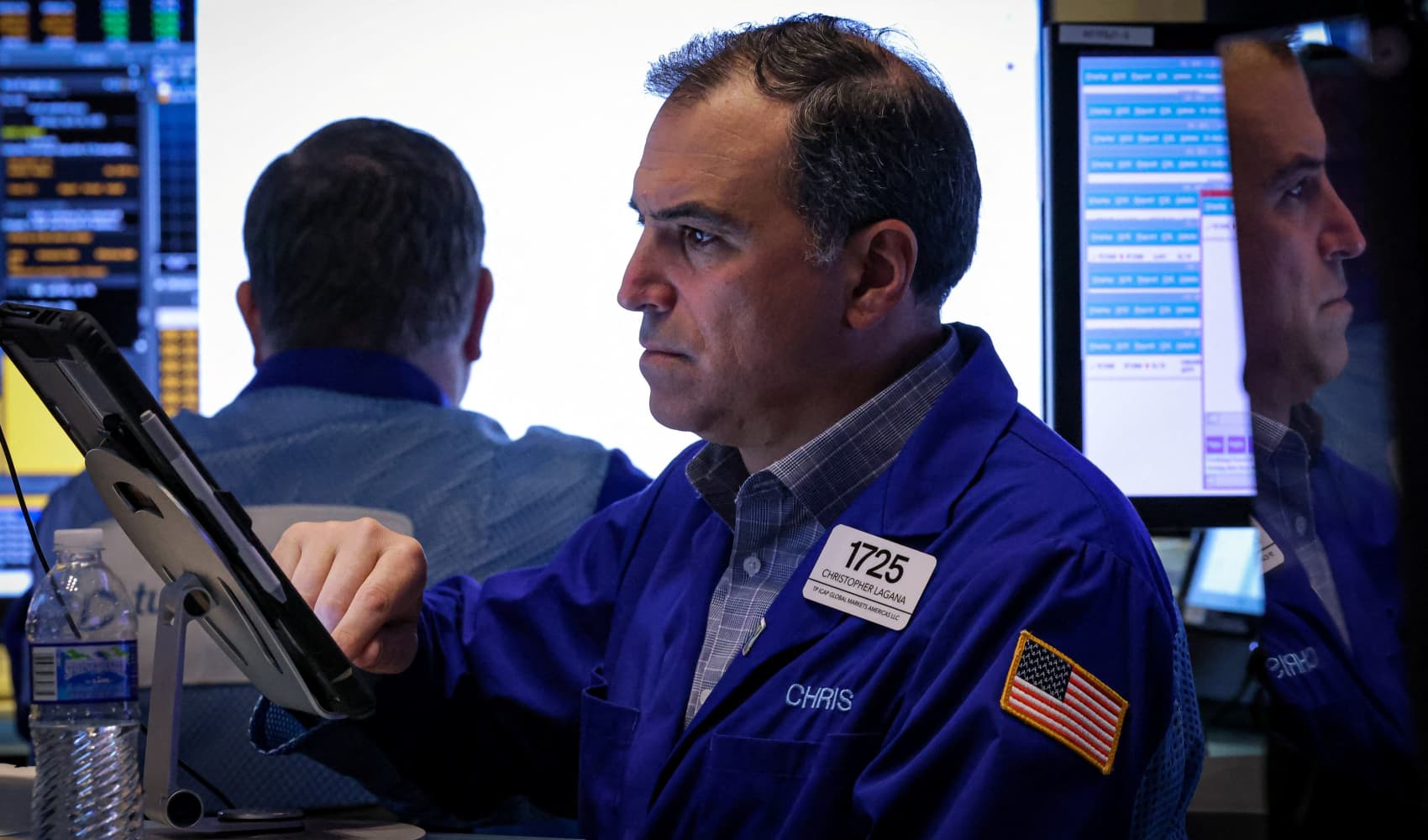Tech Surge vs. Trade Jitters: Investing Today!
CNBC Daily Open: Tech Surge vs. Trade War Jitters - What's Moving Markets?
The Tech Tango: A Rollercoaster Day on Wall Street
Hey there, market enthusiasts! It's your daily dose of the CNBC Daily Open, and today, the spotlight is shining brightly on the tech sector. It's a bit like watching a thrilling tango – the graceful tech stocks leading the dance, but with the shadowy figure of trade tensions lurking in the background, ready to step in and disrupt the rhythm. Are you ready to dive into what's been moving markets today? Let's get started!
Big Tech Earnings: A Tale of Two Titans
Alphabet's Stellar Performance
First up, let's talk about Alphabet, the behemoth behind Google and YouTube. They reported some seriously impressive first-quarter growth on Thursday, blowing past analysts' expectations. Think of Alphabet as that star student who consistently aces every exam – they just keep delivering!
Intel's Mixed Signals
Now, let's turn our attention to Intel. While they also beat estimates for the first quarter, they followed up with guidance that left investors a bit underwhelmed. It's like Intel aced the test, but then admitted they hadn't studied for the next one. David Zinsner, Intel's CFO, even warned about the impact of tariffs, adding another layer of complexity to the situation.
Thursday's Market Rally: Tech to the Rescue?
Thanks to the strong showing from these tech giants, and others, the stock market experienced a significant pop on Thursday. We saw the Dow Jones Industrial Average reclaim the 40,000 level, while both the S&P 500 and the Nasdaq posted gains of over 2%. This surge highlights the potential power of the tech sector to drive market momentum. But is it sustainable? That's the million-dollar question!
The Shifting Sands of Market Leadership
Megacap Tech's Evolving Influence
Remember when just a handful of tech stocks could single-handedly dictate the direction of the entire market? Well, times are changing. The market's leading tech stocks don't hold the same sway they once did, and that may change the ingredients needed for a Wall Street rally. It's like the old saying goes: "The times, they are a-changin'."
A More Diverse Rally: The Key to Sustainability?
So, what does this mean for future market rallies? It suggests that we might need to see broader participation from other sectors to sustain upward momentum. A healthy market is a balanced market, after all. Think of it like a sports team – you can't rely on just one star player to win every game; you need everyone to contribute.
The Trade War Shadow: Tariffs and Uncertainty
While tech earnings grabbed headlines, the looming threat of tariffs and trade tensions remained a constant presence. It's like a persistent headache that just won't go away. Intel CFO David Zinsner's warning about tariffs underscores the potential impact of these policies on businesses and the overall economy.
Tariffs: A Double-Edged Sword
Tariffs are often presented as a way to protect domestic industries, but they can also have unintended consequences. They can raise prices for consumers, disrupt supply chains, and spark retaliatory measures from other countries. It's a bit like trying to fix a leaky faucet with a sledgehammer – you might solve the problem, but you'll probably cause a lot of damage in the process.
Analyzing the Market Reaction
Investor Sentiment: A Mix of Optimism and Caution
Investor sentiment seems to be a mixed bag right now. The strong tech earnings have fueled optimism, but the persistent concerns about trade tensions are keeping a lid on exuberance. It's like walking a tightrope – you're excited to reach the other side, but you're also constantly aware of the potential for a fall.
The Importance of Diversification
In times of uncertainty, diversification is key. Spreading your investments across different sectors and asset classes can help mitigate risk and protect your portfolio from unexpected shocks. Don't put all your eggs in one basket, as they say!
Looking Ahead: What to Watch For
Key Economic Data Releases
Keep an eye on upcoming economic data releases, such as inflation figures, employment reports, and GDP growth numbers. These data points can provide valuable insights into the health of the economy and help you make informed investment decisions.
Geopolitical Developments
Geopolitical events, such as trade negotiations and political elections, can also have a significant impact on the market. Stay informed and be prepared to adjust your investment strategy accordingly.
The Role of the Federal Reserve
The Federal Reserve's monetary policy decisions play a crucial role in shaping the economic landscape. Pay attention to their statements and actions, as they can provide clues about the future direction of interest rates and the overall economy.
Sector Rotation: Is Tech Losing Its Grip?
With tech's dominance potentially waning, are we about to witness a significant sector rotation? Could value stocks and more traditional sectors finally have their moment to shine? It's certainly something worth considering as you rebalance your portfolio. Think of it like the seasons changing – what was once dominant eventually makes way for something new.
Navigating the Market Volatility
Volatility is an inherent part of the stock market, and it's important to stay calm and avoid making impulsive decisions. Remember, long-term investing is a marathon, not a sprint. Stay focused on your goals and don't let short-term market fluctuations derail your plans.
The Importance of Due Diligence
Before investing in any stock or asset, always do your homework. Research the company, understand its business model, and assess its financial health. Don't rely solely on the opinions of others; make your own informed decisions. After all, it's your money on the line!
Conclusion: Tech's Momentary Triumph, Trade's Lingering Threat
So, there you have it – a whirlwind day on Wall Street, fueled by strong tech earnings but shadowed by persistent trade concerns. While the tech sector provided a much-needed boost to the market, the long-term outlook remains uncertain. Keep an eye on trade negotiations, economic data releases, and Federal Reserve policy decisions to stay ahead of the curve. And remember, diversification and due diligence are your best friends in these turbulent times.
Frequently Asked Questions
- Why did tech stocks perform so well on Thursday? They performed well because companies like Alphabet reported stronger-than-expected earnings, boosting investor confidence in the sector.
- What impact could tariffs have on the stock market? Tariffs can create uncertainty, raise costs for businesses, and potentially lead to retaliatory measures, all of which can negatively impact the stock market.
- Should I change my investment strategy based on these market trends? It's crucial to review your investment strategy regularly, but avoid making rash decisions based on short-term market fluctuations. Focus on your long-term goals and consider consulting with a financial advisor.
- What other sectors should I be watching besides tech? Energy, healthcare, and financials are some sectors to consider diversifying into. Evaluate their performance and future potential before making any investment decisions.
- How can I stay informed about market developments? Follow reputable financial news outlets, read company reports, and consider using financial analysis tools to stay up-to-date on market developments.









